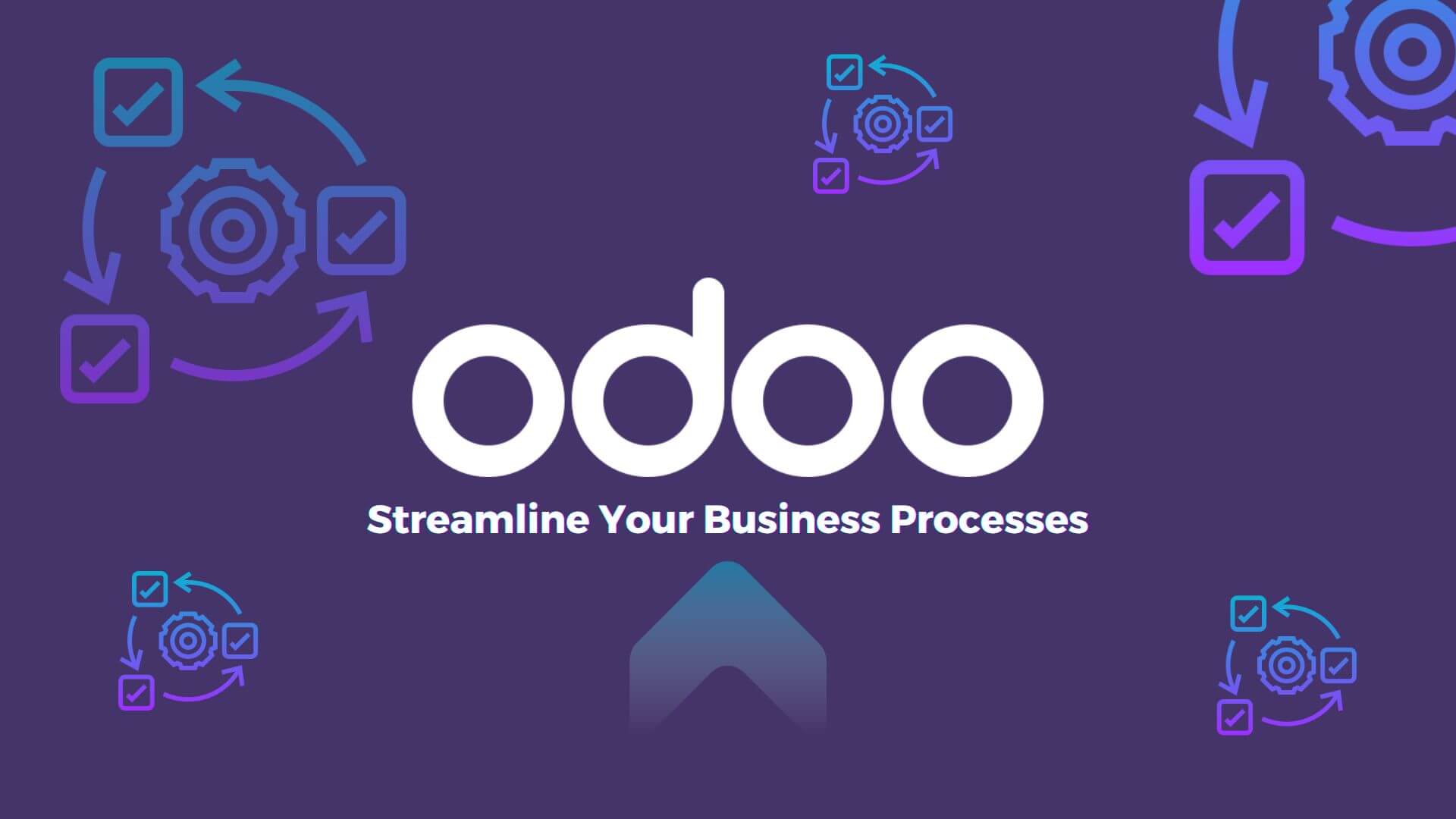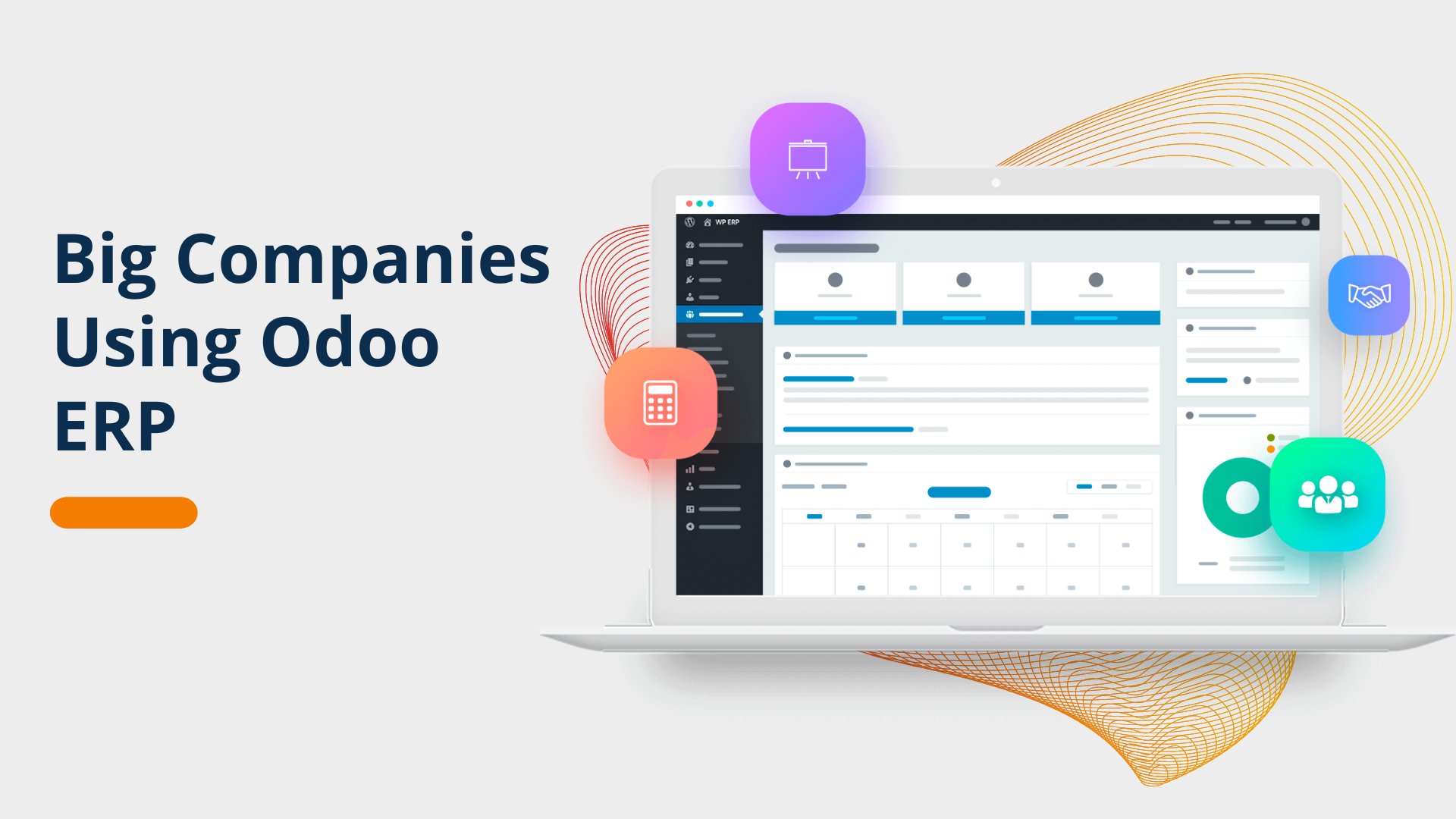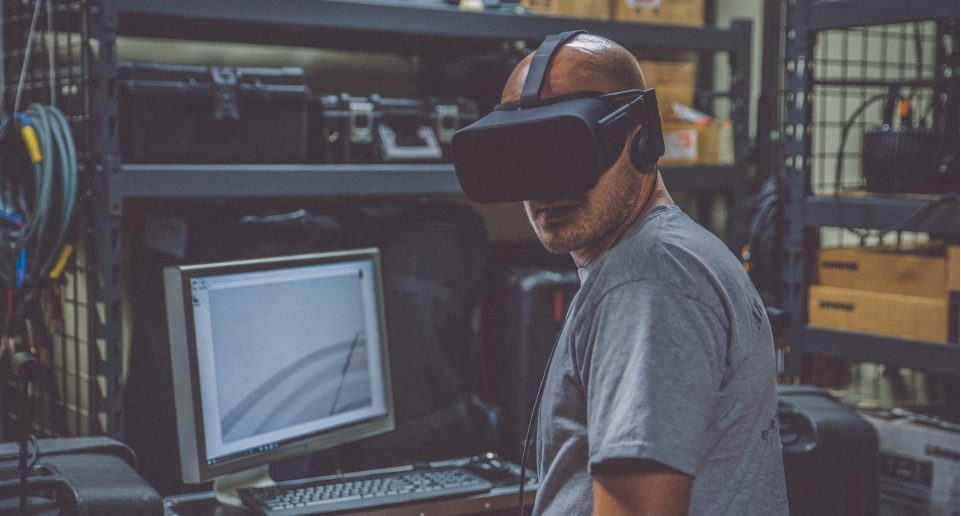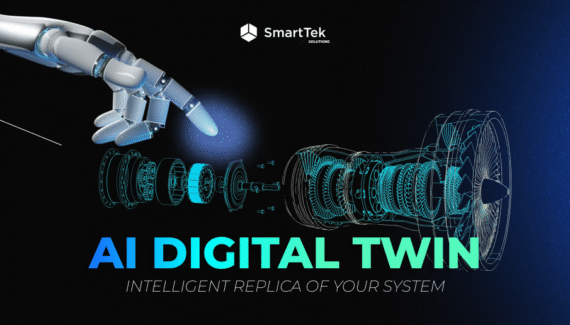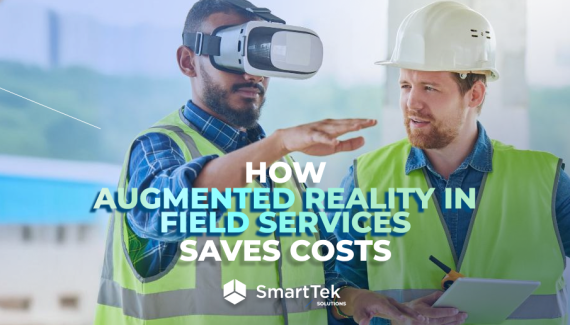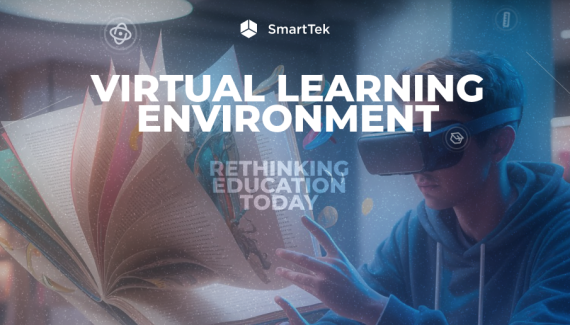How to create a Smart Factory? Cloud computing, human-machine interface, AI, data analytics, robotics, and VR technologies are great representatives of the 4.0 Industrial Revolution. Specifically, virtual reality in the manufacturing industry redefines how people teach, train, and act in simulations and real-life scenarios.
Immersive experience and computer graphics create an environment that produces a continuous flow of experiences and stimuli. And you can apply VR achievements to your manufacturing too.
Let’s review examples of how incorporating virtual reality in manufacturing can improve your factory.
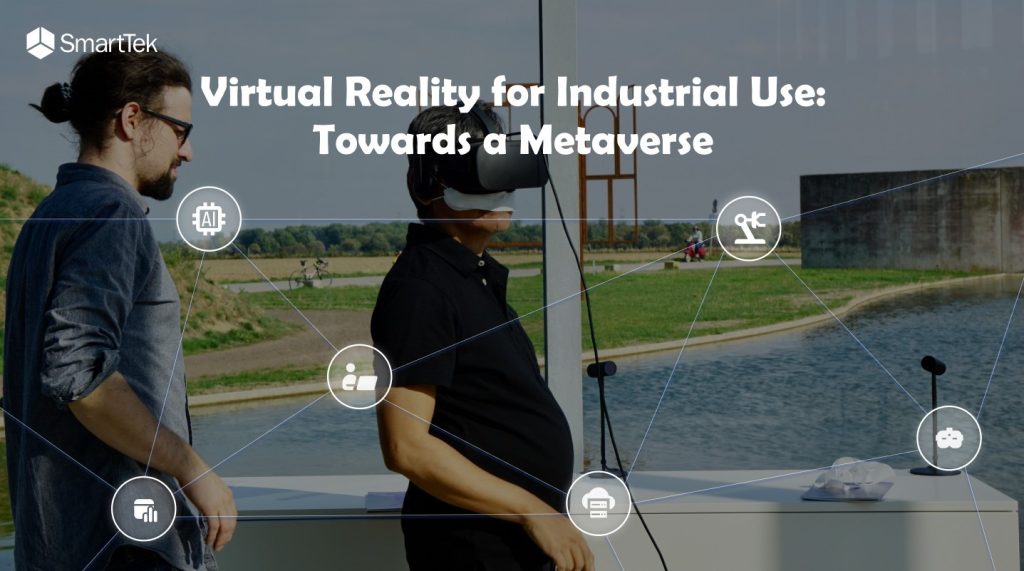
How Virtual Reality for Manufacturing Makes Your Factory Smart?
The smart factory concept describes a manufacturing process that combines modern technologies to create a hyper-flexible and self-adapting manufacturing capability. Smart factories offer the chance to develop new production efficiency and flexibility through the efficient connection of various processes, information streams, and stakeholders (frontline employees, planners, etc.). Initiatives related to the “smart factory” may alternatively be referred to as “digital factories” or “intelligent factories”.
Professional Training
Virtual reality for manufacturing offers technologies like VR glasses that fully immerse into a virtual simulation. Workers can get trained in limitless artificial scenarios that are usually impossible, being too risky and expensive. With VR, they get to know how to resolve issues in the future and prevent accidents. They can study in one and multi-user simulations.
Examples of virtual scenarios without danger and real-world consequences:
- the leak of explosive chemicals;
- walking on a rickety 15-story construction site without solid scaffolding;
- giving first medical aid to your colleague with injury;
- guiding newcomers through a complex process;
- laying out physical spaces to perform necessary operations in a narrow area;
- fixing bugs in a working mechanism on a 20-meter height;
- providing remote assistance to colleagues from another country;
- running safer mining operations;
- staying inside a virtual jet engine to learn it and maintain it safely;
- making elevator repairs;
- coping with electrocution;
- being struck by a heavy object;
- resisting a robber with a gun.
VR Training Development Services
Empower your business with the best tech solutions. We build virtual reality programs for different industries.
Get in touchMany resources are saved if newcomers are trained not on real machines – you can lower costs by 10-20 times. For example, an employee’s task is to construct part of the engine from several elements. With VR helmets, an employee does not use real items and can also get hints on what elements connect to each other in what order. Thus, virtual reality in manufacturing uses technologies, causing no risks to equipment and health.
Proficient Working Process
VR headsets take the in-field manufacturing work to a new level:
- Machine work reporting or necessary operations to complete are visible in pro glasses in clear percentages.
- Temperature sensors, data capture actuators, inbuilt cameras, and more mechanization are applied to facilitate industrial tasks.
- VR-enhanced environments connect users from different parts of the world in real-time, in case you have several factories worldwide.
- VR enables workers to see when a machine suddenly malfunctions and report it to a necessary department.
- Immersive factory inspection does not require inviting extra experts since regular factory personnel is able to proceed with maintenance.
Thus, real-time VR information helps inspect and supervise the territory more effectively.
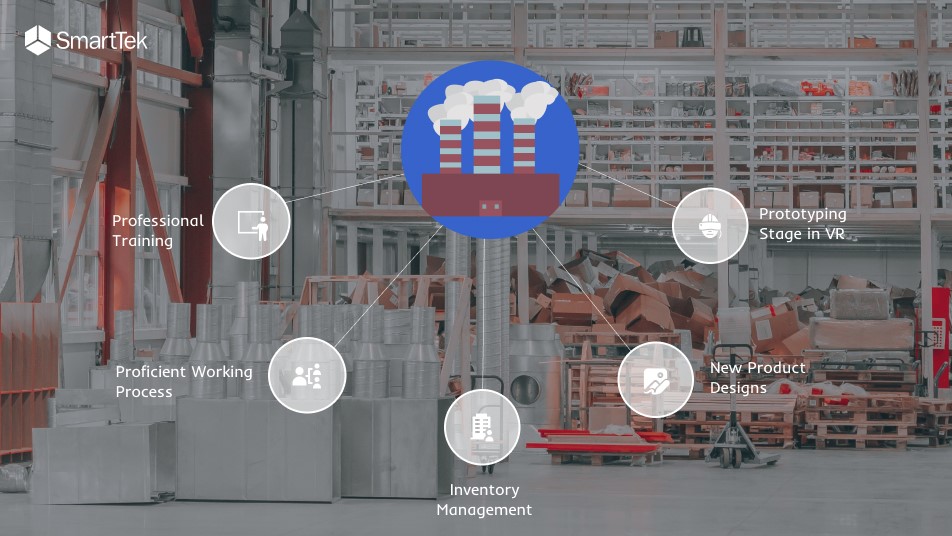
Inventory Management
Optimizing warehousing operations is one more advantage of virtual reality in manufacturing. The solution is called “vision picking” and guides workers through a plant territory more productively. Thus, in order to expedite picking and lower error rates, workers were led through the warehouse by images displayed on the smart headset. The pilot increased picking efficiency by 25% and demonstrated the value added that VR can provide to logistics.
New Product Designs
Before you proceed with the product to the production stage, you can run a multifunctional VR review. For example, Ford hired virtual reality specialists who designed and built entire vehicles in a virtual environment. This approach considerably saves cost, time, and quality. Product designers and engineers can now investigate possibilities that would previously have been too expensive or time-consuming.
Looking to build an AR/VR solution for manufacturing?
SmartTek is ready to become your reliable technology partner with proven expertise in immersive technologies.
Contact usPrototyping Stage in VR
When you develop and design a new item, you start from scratch or use some previous developments. In both cases, your product must be inspected, tested, and evaluated before it starts actually making. Avoiding this step just leads to extra time and money spent because it is impossible to create, e.g., a complex piece of equipment without revisions. Make sure you revise and refine it before you’ve spent resources on its production.
For the prototyping stage in VR, you usually need a VR headset and special gloves. And the magic begins as soon as you see 3D life-size models: increase, reduce, stretch, prolong, cut, and do whatever you want. Therefore, the prototype is less expensive to manufacture than a real mechanism, and it’s simpler to modify if an inspection reveals any defects because it only exists in virtual reality.
Summary
It is unacceptable that people leave their homes for work and don’t come home. Virtual reality in manufacturing is capable of changing fatal statistics because a person understands better if interacting with a thing in three dimensions. It is just how our brains are wired, and no PowerPoint slide will substitute for the experience of falling from a bridge. Therefore, implementing VR technologies is not only about making your factory smarter but employees safer, giving them all available resources to teach.
If you are interested in VR potential for your manufacture, make sure to contact us for a free consultation. We are versed in VR innovations testing them among our employees and clients constantly.
